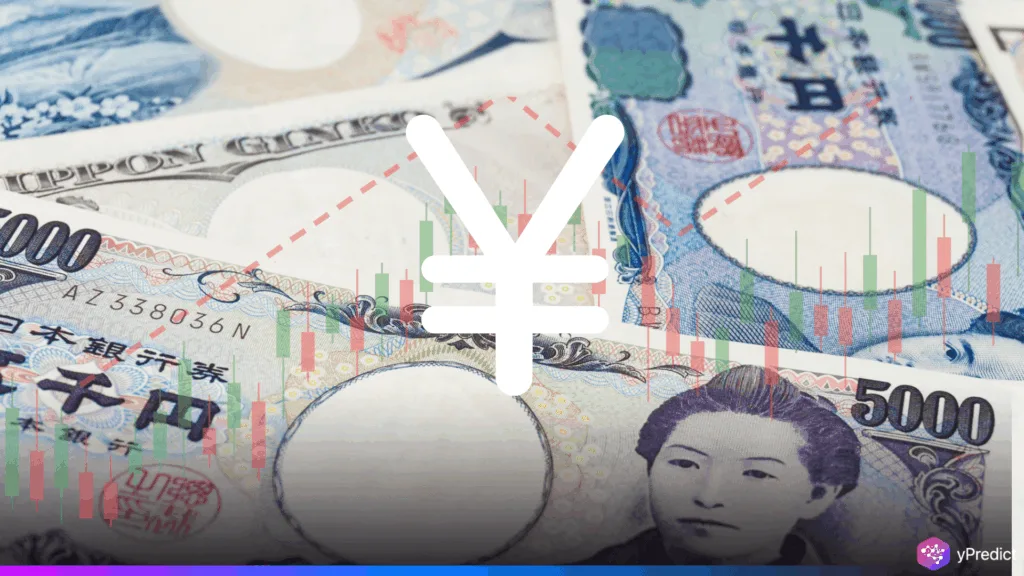
The Asia FX market extended its upward streak this week. It is supported by a declining value of the US dollar and strong inflation data from Japan. It also increased anticipation of a rate hike by the Bank of Japan (BOJ).
However, as the US struggled with growing fiscal concerns, investor sentiment turned toward regional currencies. As the rally gained momentum due to higher CPI data, the yen surged nearly 1.5% against the dollar. Overall, this week showed a notable change in Asian currency trends. Both domestic data and global fiscal pressures have an impact on this trend.
Can the Weakened Dollar Keep Asia FX Rising?
There were significant fluctuations in the forex market throughout Asia as well as the U.S. The dollar index fell 0.3% during Asian hours and lost more than 1% for the week. Investors responses to the U.S. market caused the Dollar Index Futures to drop by 0.3%.
A narrow House vote in favor of the “One Big Beautiful Bill.” The US debt is expected to increase significantly even with the tax cuts and spending increases included in this bill. An estimated $3.8 trillion will be added to it.
This dollar downturn provided a lift to regional currencies. The USD/AUD increased by 0.3%, the USD/KRW decreased by 0.5%, and the USD/PHP decreased by 0.6%. Similarly, there were minor increases in the value of the Chinese yuan and slight gains in the Singaporean and Indian currencies. These exchange rate patterns show how Asian economies are increasingly reacting to fiscal cues from around the world.
Yen Strength Spikes as CPI Hits Two-Year High
The significant increase of the Japanese yen was one of the main highlights of the Asia FX rally. Japan’s core consumer inflation rose 3.5% year over year in April, exceeding expectations. In response, the USD/JPY exchange rate fell 0.4%. This pace is the fastest it has been in over two years. Furthermore, the core-core CPI, which excludes energy and fresh food, increased to 3.0%. This indicates that inflationary trends are continuing and further supports rising currency trends.
These inflation numbers sparked fresh worries about a potential rate hike by the BOJ. Analysts now predict a 25 basis point increase by July. “A Bank of Japan interest rate hike is supported by hotter-than-expected core inflation,” according to ING analysts.
Will Asia FX Sustain Gains Amid Global Headwinds
Traders are waiting for confirmation of the BOJ’s next action and the response of the Asia FX market. Many analysts believe Asian currencies could continue to rise, barring major geopolitical shifts. In addition, the Federal Reserve is battling sluggish growth and growing debt issues.
The uncertainty surrounding potential US tariffs and the persistent trade tensions between the US and China remain issues. As a result, while the yen is strengthening and Japan’s inflation data is improving, some regional gains may be modest. The foreign exchange market is displaying indications of a cautious yet optimistic outlook.
Forex Trends Shift as Asia Strengthens
The Asia FX market is stronger as a result of domestic data drivers such as Japan’s inflation spike and declining dollar sentiment. Nonetheless, the outlook for Asian currencies remains cautiously optimistic despite the persistence of external risks. Consistent currency trends show that the region is increasingly defining its own course despite global changes. In a volatile forex market, the next few weeks will be critical in building this momentum.







